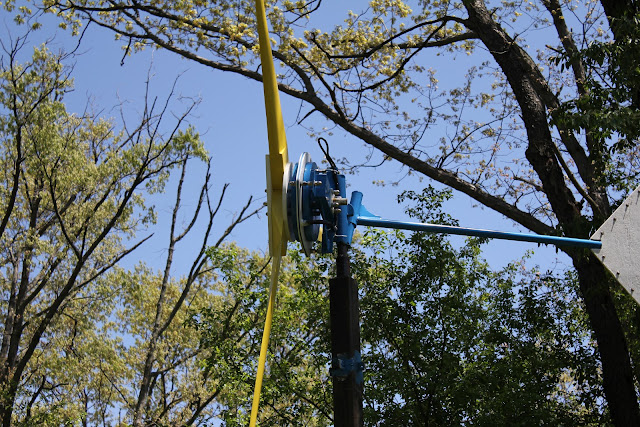I'm a very fortunate man. My family and I had the opportunity to live in southern Mexico for an extended period. While we were there we had the time to slow down and pursue things other then work. One of the things I wanted to pursue was an interest in making electricity by "unconventional" means. So I took a course on Turbine Analysis.
It was great for teaching me "wind math" and the theory of using the wind to make power, but I'm not interested in running a corporate wind farm. All this new information could be put to use, but how?
I'm a fan of Mexico. I know what the papers say, and I've driven through the reality of it, but that doesn't change my opinion. In fact it strengthens it. Mexicans for the most part are warm, friendly people, hard working and honest. Of all the new friends and people we met down there the ones we're closest to are Mexican nationals. And most of them, by our standards are extremely poor.
That is if they live in an area that has reliable power to use.
Could a small scale wind turbine produce enough electricity in these remote locations?
 |
| Open voltage testing, 800w axial flux generator. January 2012. |






































